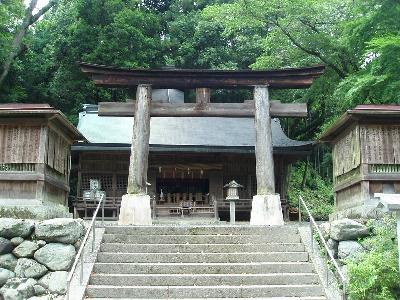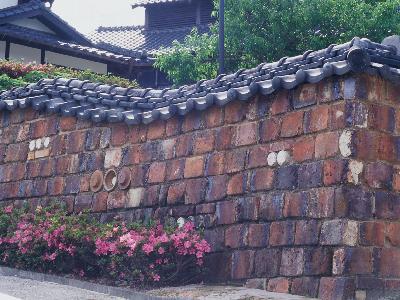These dolls appeared in 1810, when Tsugaru Yasuchika, the 9th lord of the Hirosaki domain, invited a potter Takaya Kinzo from the Chikuzen region of Kyushu. A kiln was then prepared for him at Shitakawara, where he produced daily necessities. As it snowed heavily in winter, potters could not make pottery during this time. Then Kinzo created earthenware dolls when he had no work to do, hence the beginning of the earthenware dolls in Shitakawara.
In the making of this doll, red earth and sand are mixed together to form clay, which is put into a plaster to shape the doll. It is then fired at high temperature for several hours, and then painted to create the finished design. Shitakawara dolls features three colors of yellow, purple and red, which are applied on the pure white base color. The pigeon whistles and the dolls of zodiac figurines, warriors and Manekineko (Lucky Cats) are famous. All are made in the traditional hand-making techniques that have been handed down for a long time.














